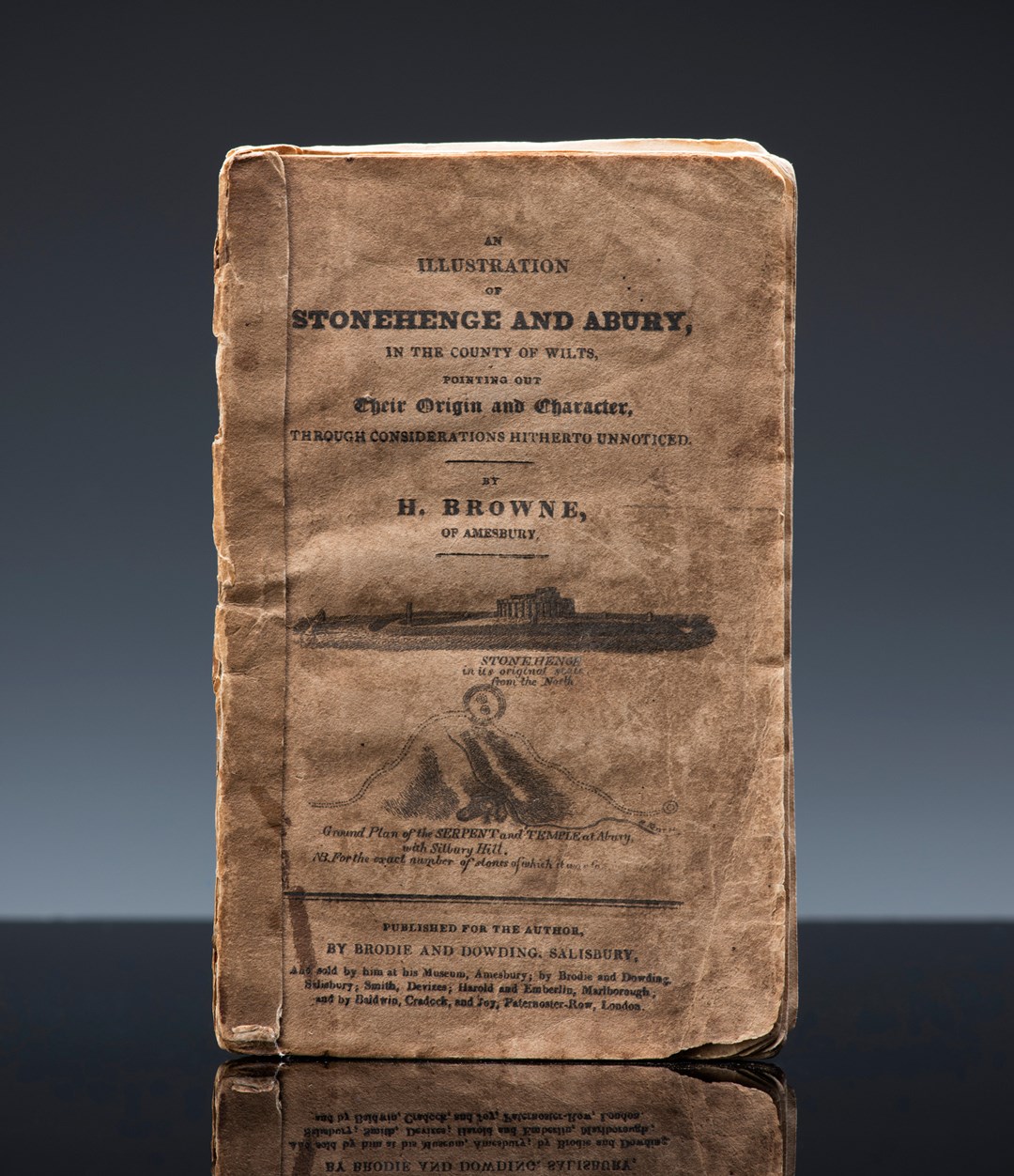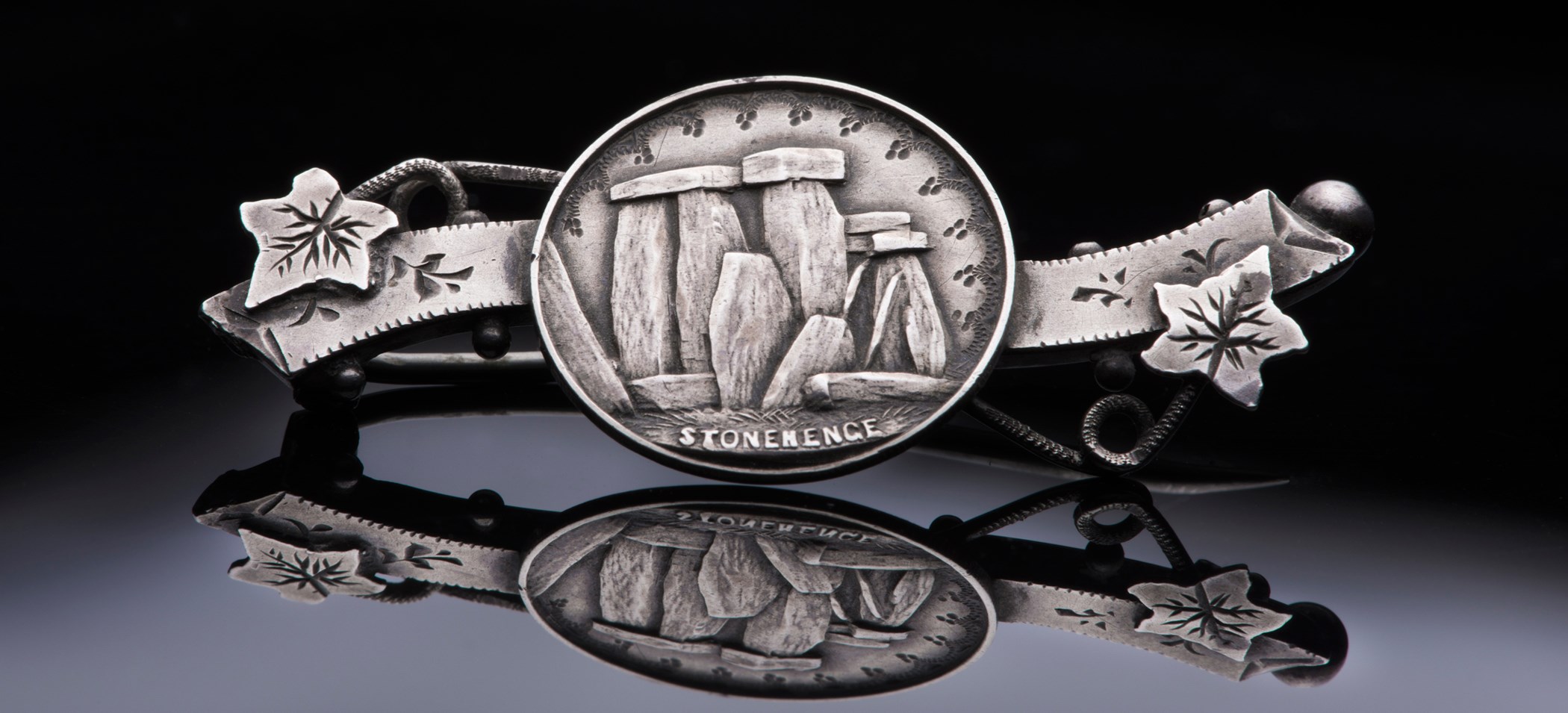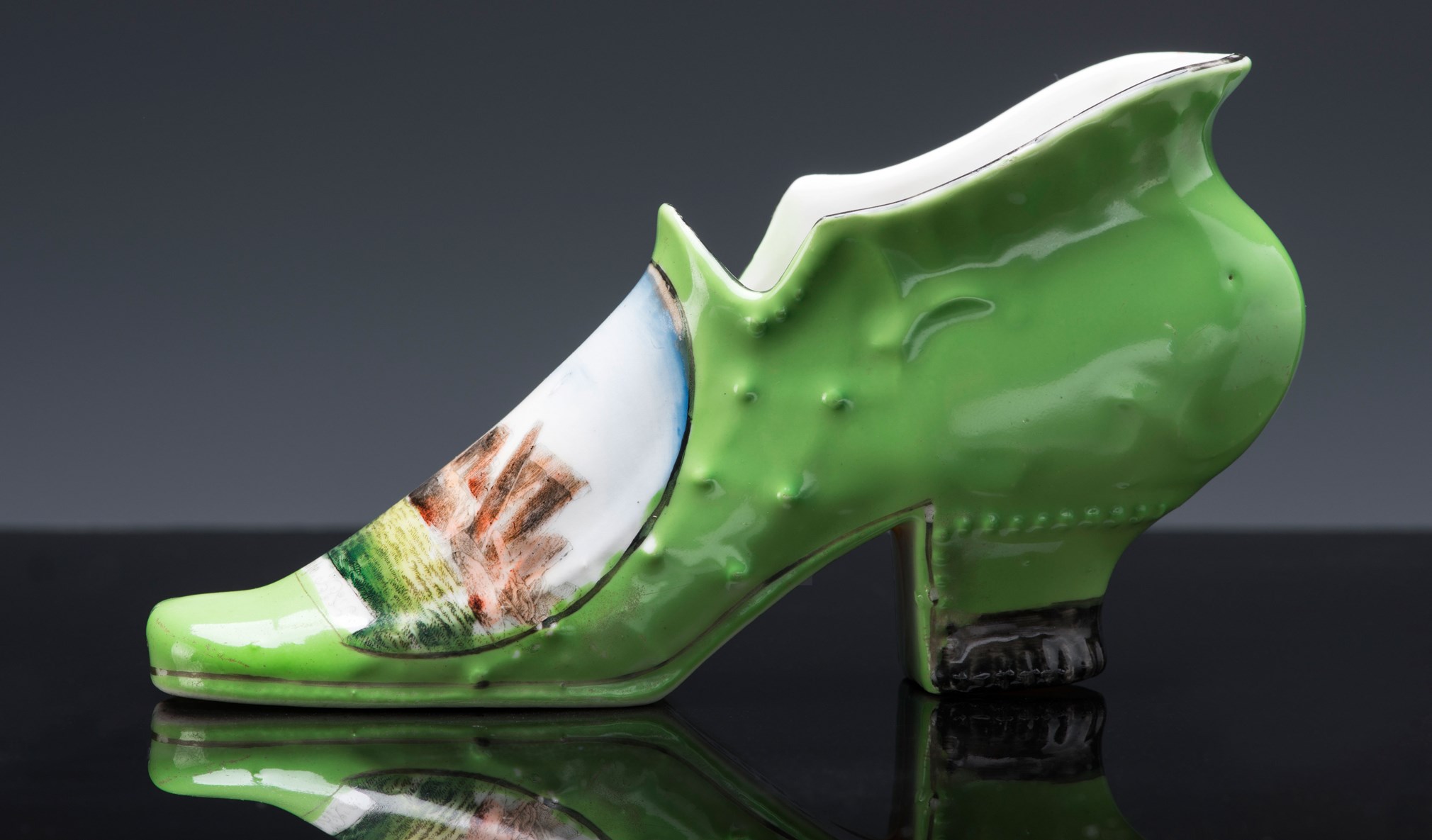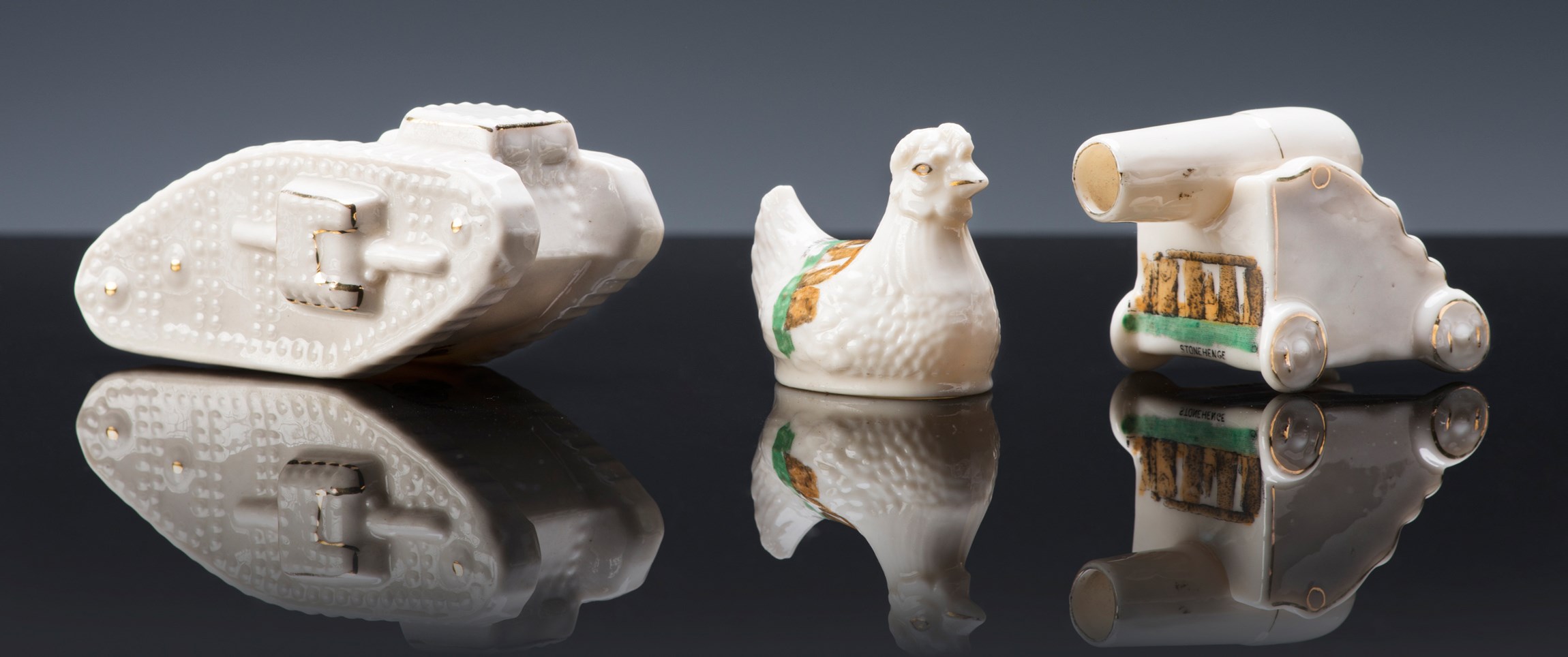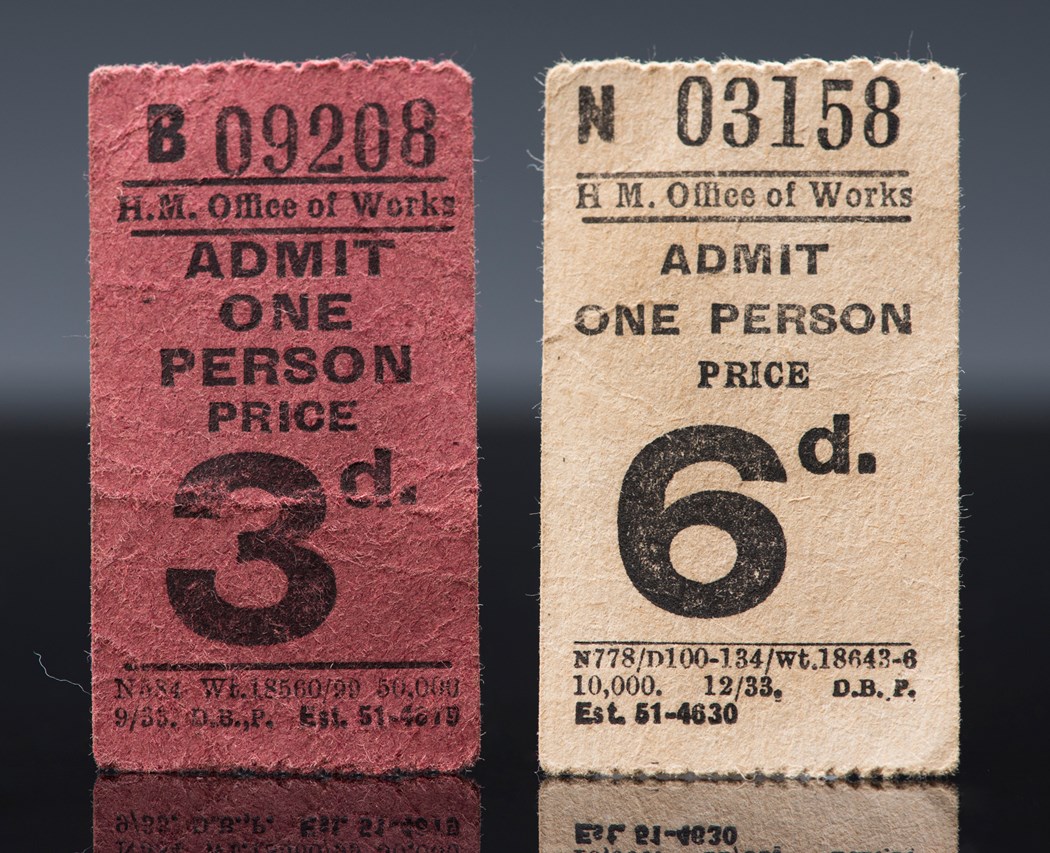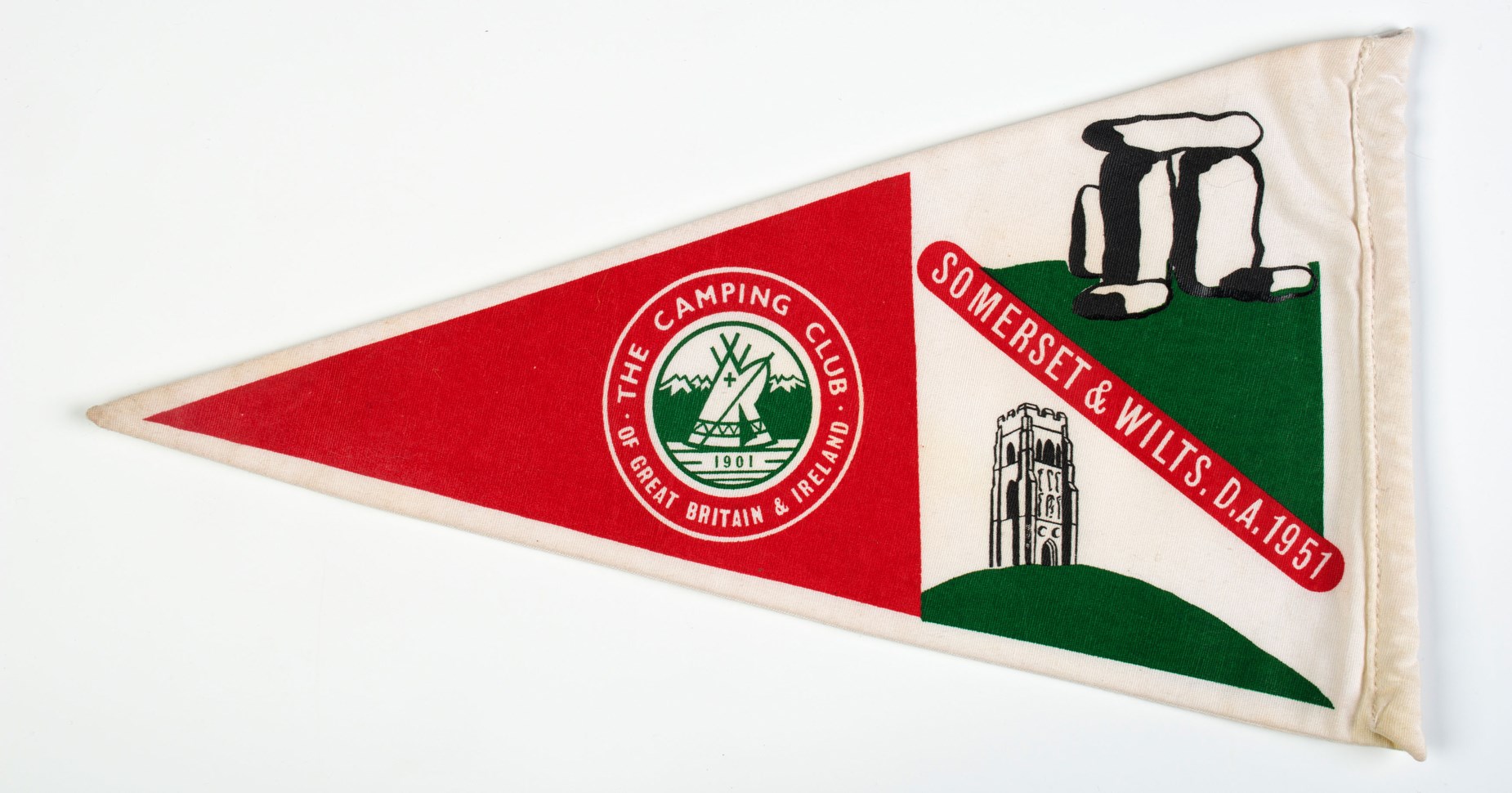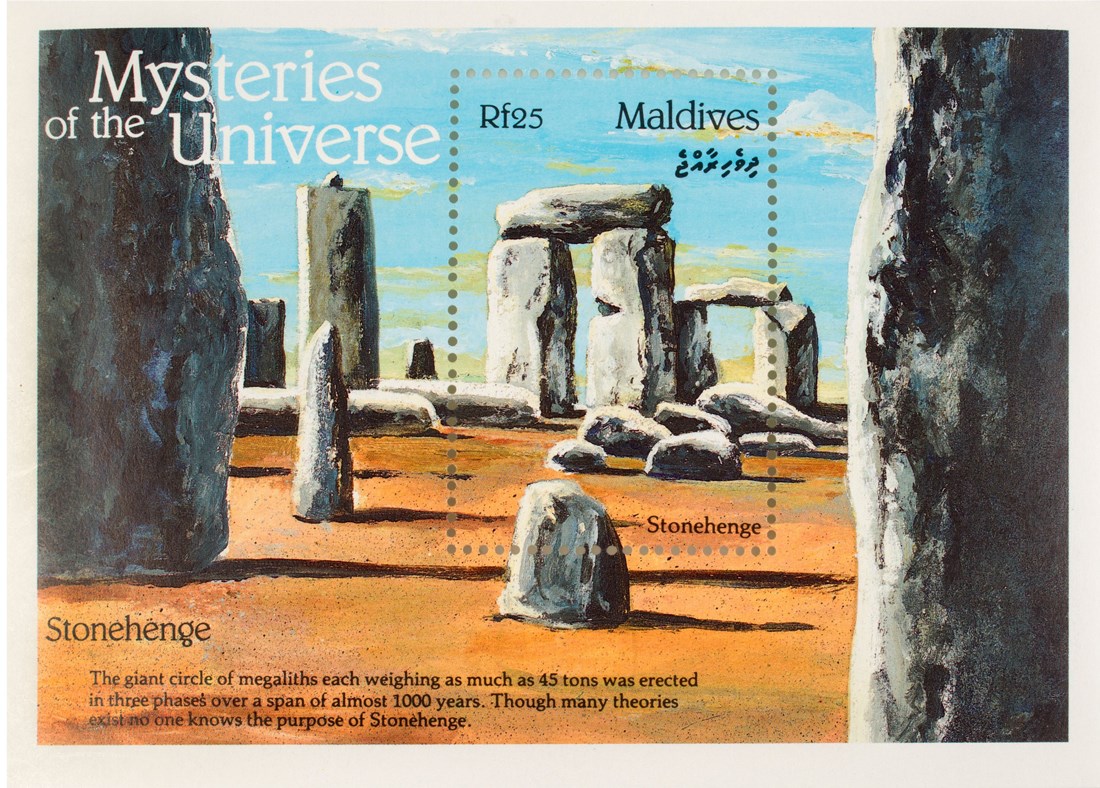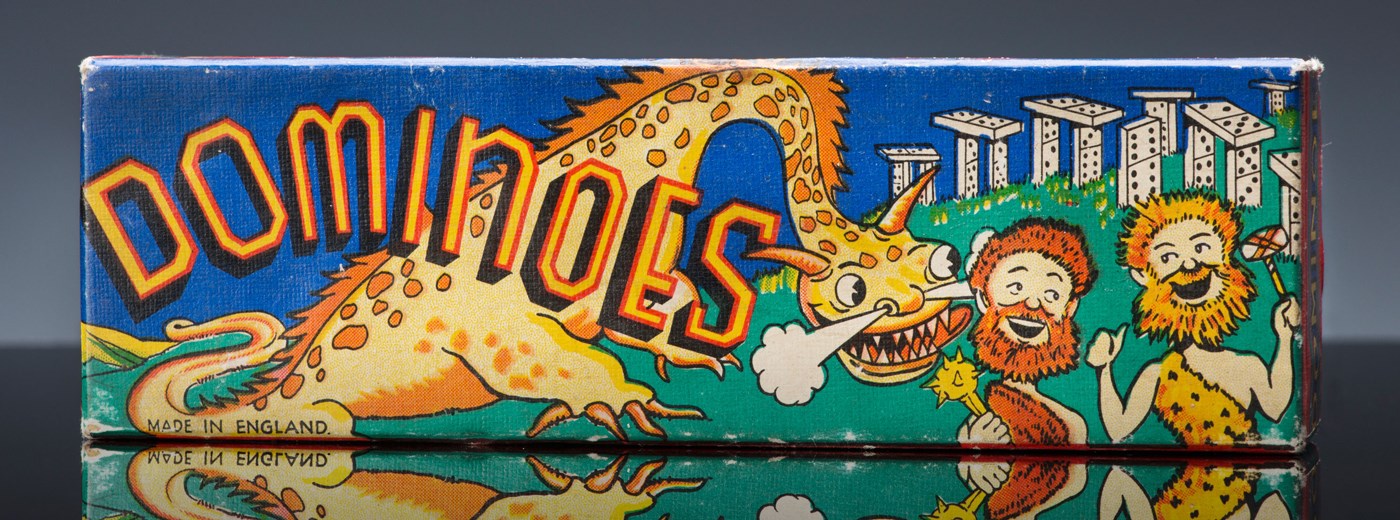Find out more
-
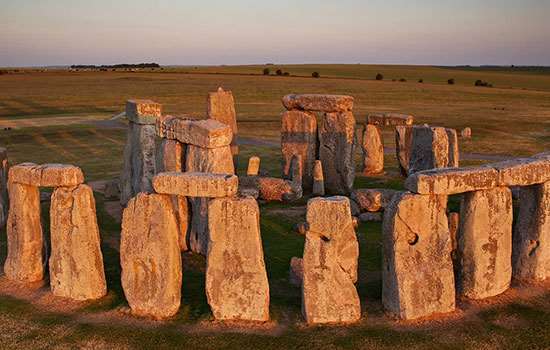
History of Stonehenge
Read a full history of one of the world’s most famous prehistoric monuments, from its origins about 5,000 years ago to the 21st century.
-
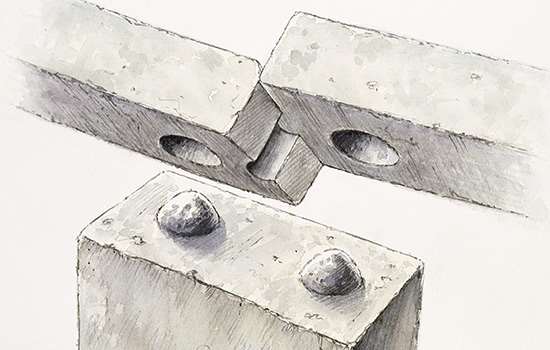
Building Stonehenge
Stonehenge is a masterpiece of engineering. How did Neolithic people build it using only the simple tools and technologies available to them?
-
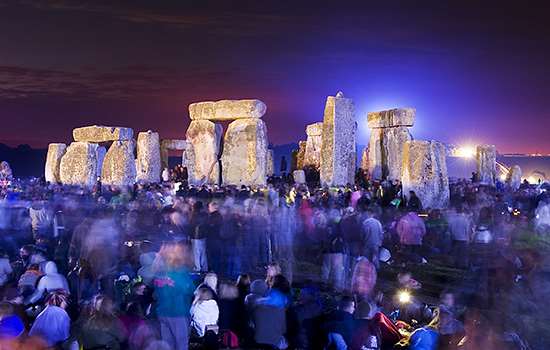
Why Does Stonehenge Matter?
Stonehenge is a unique prehistoric monument, lying at the centre of an outstandingly rich archaeological landscape. It is an extraordinary source for the study of prehistory.
-
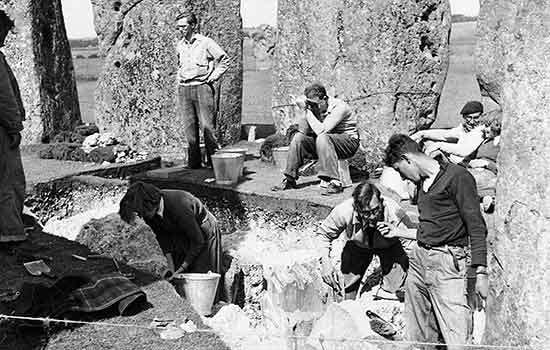
Research on Stonehenge
Our understanding of Stonehenge is constantly changing as excavations and modern scientific techniques yield more information. Read a summary of both past and recent research.
-
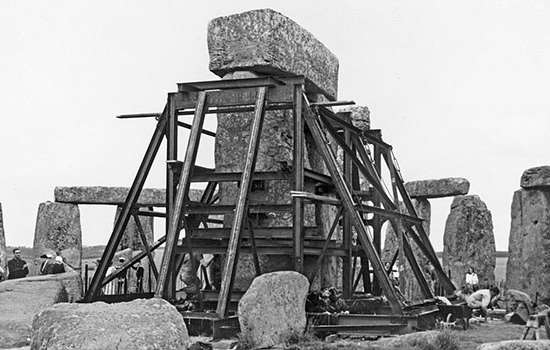
100 years of care
In 1918, Cecil and Mary Chubb gifted Stonehenge to the nation. Our series of blog posts traces the conservation and care of Stonehenge over 100 years.
-
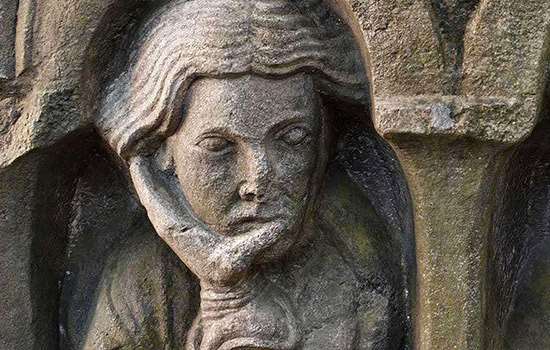
More histories
Delve into our history pages to discover more about our sites, how they have changed over time, and who made them what they are today.

